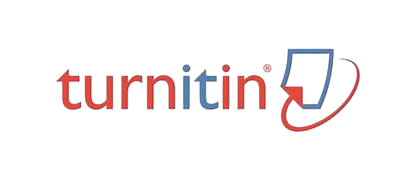Penyuluhan dan Pelatihan Pemanfaatan Limbah Ikan Menjadi Tepung Sebagai Pakan Ternak di Desa Pulot dan Layeun Kecamatan Leupung Aceh Besar
DOI:
https://doi.org/10.63168/jpa.v3i4.244Keywords:
fish waste, fish meal, malnutritionAbstract
Fish meal products can be used as raw material for animal feed for both land fisheries such as catfish and cattle and goats to improve livestock's quality of life weight. Many studies combine fish meal with other ingredients to make fish, chicken, and livestock feed and use it in rations. Fish meal contains protein, minerals, and B vitamins, so that it can be used as a potential feed ingredient as a source of protein and fat (long-chain unsaturated fatty acids) for livestock. Seeing the condition of many livestock experiencing malnutrition in Pulot Village, making fish meal could be one solution. Apart from that, the presence of processed fish waste produced by the Ocean Mandiri Sharia Cooperative, which is not yet commercialized, can be used as the main raw material for making fish meal. With this, fish waste is processed into fish meal as animal feed. Fish waste can be in the form of bones, visceral organs, and scales which are then processed into flour. The resulting product can be applied as animal feed, which is rich in nutrients, so the resulting livestock performs well. This activity can meet the nutritional needs of livestock and is also an effort to preserve the environment. Apart from that, this activity can produce fish meal products from fish waste that are economically valuable but of good quality and can be used directly by the community.





